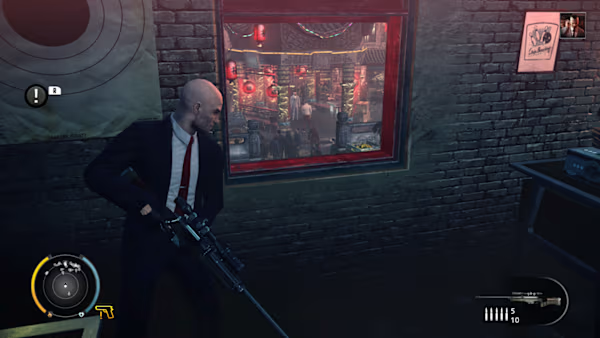Metal Mind Review – Review

Metal Mind is a top-down bullet hell roguelike that wears its inspirations on its sleeve, while also adding a new spin to a now well worn genre. Developer Whirllaxy Limited have made use of a wonderful pixel art style to craft a unique mech cyberpunk shooter, but how does it fare within an already jam packed roguelike category of games? The answer isn’t a decisive one; despite its interesting additions, Metal Mind also suffers from problematic port handling. Let’s dig into it further.

Metal Mind’s premise is that you are a small robot going from room to room, killing enemies before moving to the next room. The floors are split into interconnected rooms with a boss at the end. Once you’ve beaten the boss, you move on to the next floor. The bosses are the most interesting parts of the gameplay, producing bullet hell blasts and big sweeping movements. They vary from leaping robotic gorillas to giant floating robot brains and spinning tops that shoot grenades.
While these are the more unique encounters, on a room by room basis, you get pretty repetitive enemy fodder. The enemies do have some variation, but you see a lot of repeats very quickly. The rooms themselves do provide some interesting terrain, though, with conveyor belts, regenerating bombs and traps that can hurt everyone universally. These add a good wrinkle considering the enemy encounters remain rote and uninspired. Occasionally, the room goal shifts away from killing every enemy to kill more before an AI rival robot does, or stop an enemy from stealing all the treasure chests, but these tasks are few and far between. There needed to be a bit more done with these alternative room goals.

Through your exploration and defeating enemies you will unlock upgrades and gear to swap into your robot. You will also find shops to purchase these as well. Things like secondary weapons, dash boosts, turrets, homing weaponry, and equipment are all on the table here. Equipment can be slotted into your head, torso, and legs, which allow for shorter cooldowns, quicker movements, and all sorts of adjustments. What I liked best about these is how they changed the look of your robot as well as how much fun it was to mix and match to try a new build. There are also skill trees that allow you to unlock perks, but oftentimes I found that the perks I actually wanted would be halfway into a tree, so they didn’t feel as beneficial as I would’ve liked.
Despite the many ways you can adjust your style with Metal Mind, I often found the minute-to-minute gameplay frustrating. The UI elements often made it confusing to equip or unequip gear, or make a selection on the skill tree. Specifically due to the controls, the button mappings weren’t as one-to-one as I would prefer, and I found myself often fighting against them. Even down to the selections on the menu, sometimes they were D-pad only, while others were solely on the joysticks. It was confusing and often led to me removing items or selections accidently.

The UI issues withstanding, Metal Mind is still a competent roguelike that provides simple, fun shooting, but that’s kind of it. The action doesn’t vary enough to keep players engaged, there’s almost no story to speak of, and since you can’t replenish your health (only your armor), you can see a run being doomed based on one bad room. I found myself actively discouraged to continue on and push for a boss and instead restarting the run entirely. That’s not a good feeling. In a space where there’s games like Hades or even classics like Enter the Gungeon, I can only recommend Metal Mind as a budget intro for people who want to poke at the genre and not dive in head first. Metal Mind might be better for players new to the genre, but the roguelike enthusiasts will likely need to find their fun elsewhere.




